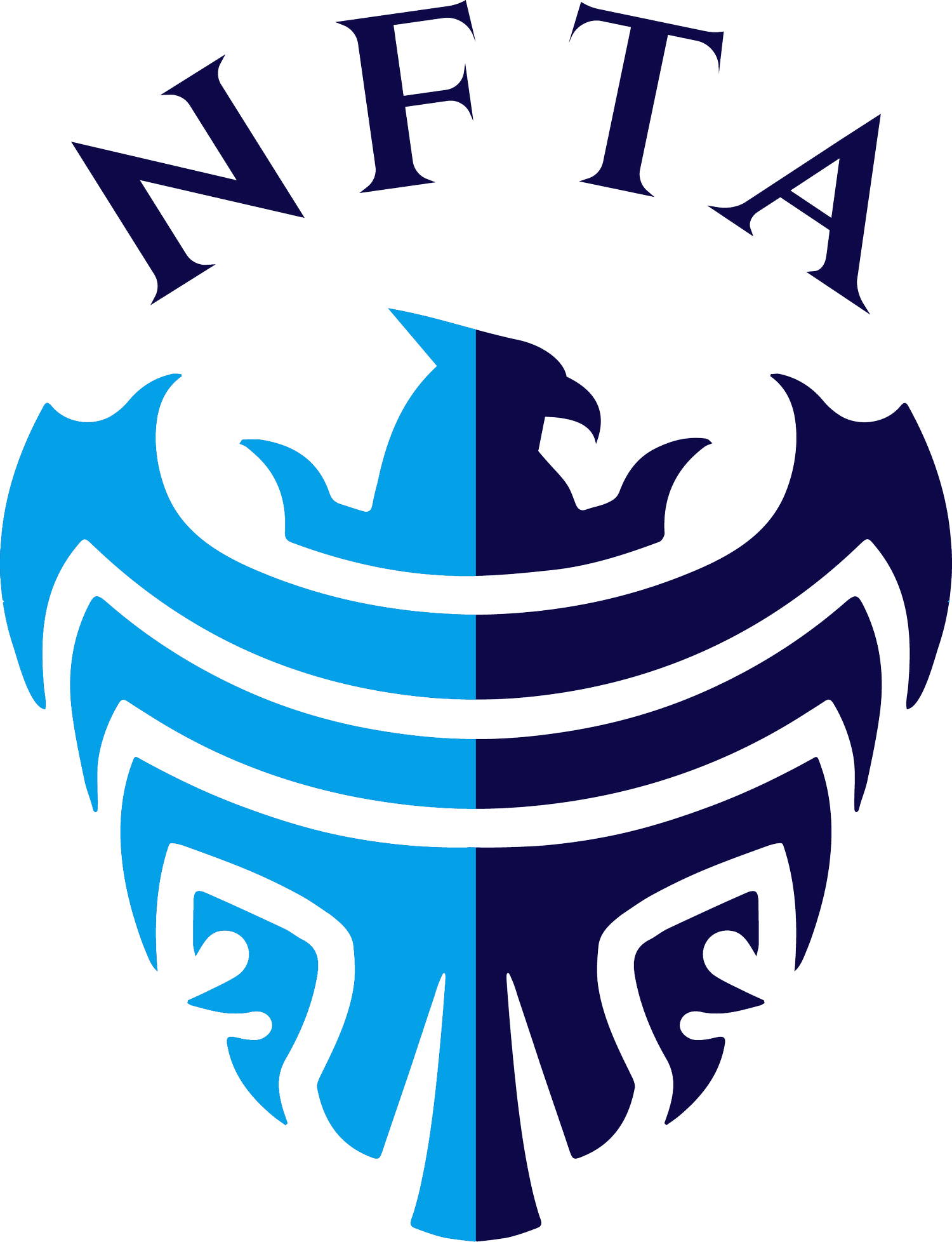A message from NFTA President Chris Schoensee:A Towering Issue for Flight Academies
Pictured Chris Schoensee
Amid the myriad topics included in the FAA Reauthorization Bill, there is a great deal of emphasis placed on safety, training and technology. And rightly so. “Safety first” is the guiding principle of any flight training organization. Training plays right into that, ensuring owner operators have committed sufficient attention and investments to guarantee that no aspect of training is undercut – whether it be through actual flight training curriculum and instruction, or best practice safety measures that guide the everyday activities of a flight school. Technology’s increasing role in safety and training cannot be overstated, as new and proven technology provides the tools that can maximize both.
With all that said, let’s talk about a towering issue that isn’t always top of mind (until it’s really broken) but is crucial to our mission as flight training academy operators. That issue is Air Traffic Control Towers (ATCT). Critical to any airspace, but especially as the aviation industry regroups from the pandemic amid an almost overwhelming demand for flight, ATCTs have a surprise element. While the majority of ATCTs are owned by the government, the FAA allows the use of subcontracting companies to manage tower activities at certain airfields – including the three busiest that are also home to multiple flight academies. One of those is Page Field in Fort Myers, Florida, where our flight academy has been based since 2006. Daily operations at Page Field in terms of take-offs and landings have grown exponentially since 2021. Attention to activities at our ATCT have not. Clearly, subcontracted ATCTS would not be allowed on such busy, strategic airfields were such a consideration to be suggested today.
ATCTs operated by the FAA are unionized, with strict rules about wages, staffing, time-off and access to modern technology. The same is not true for subcontracted towers. As a Southwest Florida congressman recently noted, the Page Field tower is sometimes only staffed by one person - unthinkable at such a busy airstrip with flight academies, private aircraft and commercial carriers all vying for attention. While no direct correlation has been made between recent Florida small aircraft crashes that took off from Page Field and the ATCT, we can’t afford to wait until one can. We have met with the ATCT subcontracting organization and they are not happy with the situation either. Like any good business – and in keeping with many FAA reauthorization goals – they seek adequate staffing and adequate funding.
Many ATCTs were built in the 1970’s and have not been modernized. Further, they were intended for approximately 50,000 takeoffs and landings per year. At Page Field, the tower is overseeing more than 200,000 operations.
The current extension of FAA funding extends to March 1, 2024. There is no time to waste in ensuring that subcontracted ATCTs are adequately staffed, trained and funded. It’s one of the many issues the National Flight Training Alliance is working on in Washington, D.C., on our members’ behalf. Join us today to be part of the conversation and activities that will protect and better serve our businesses, our students and the aviation industry as a whole. Learn more on the National Flight Training Alliance website.

